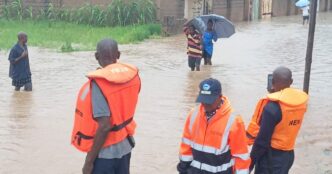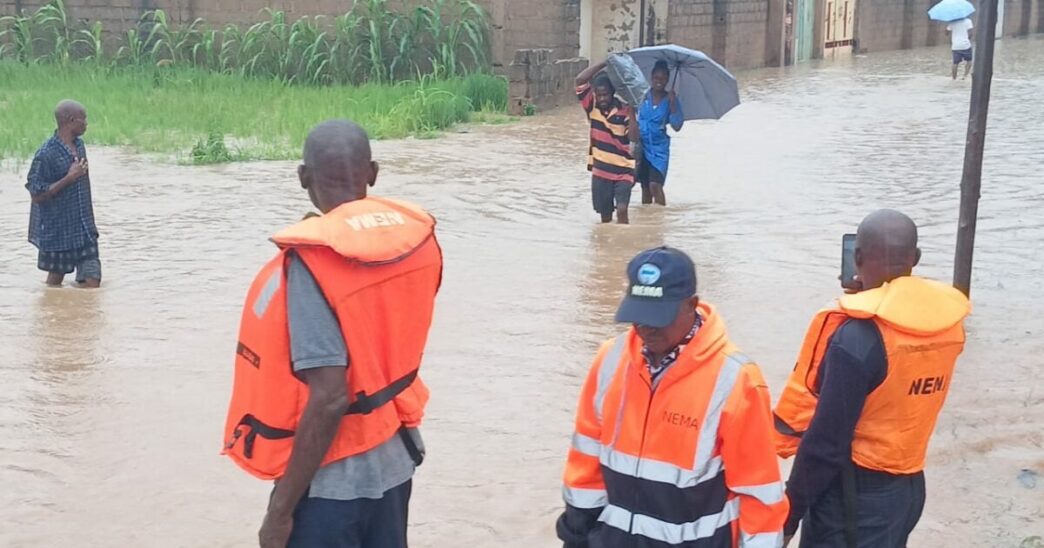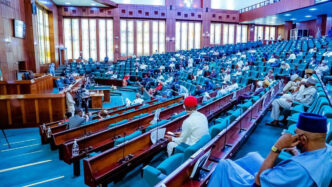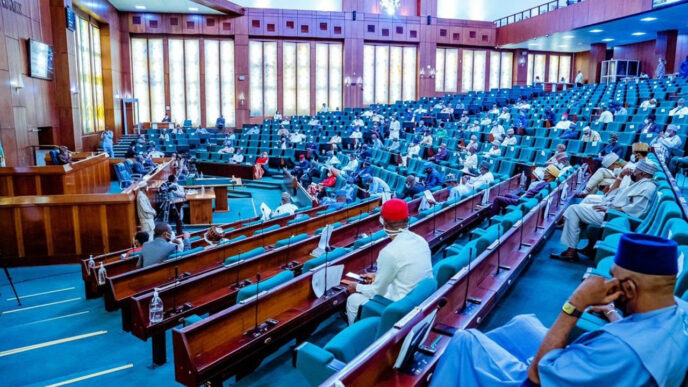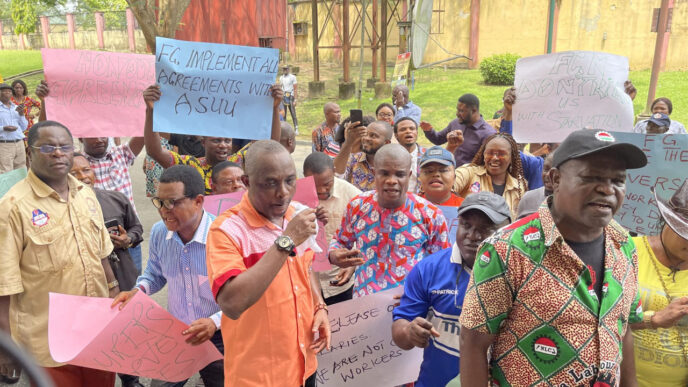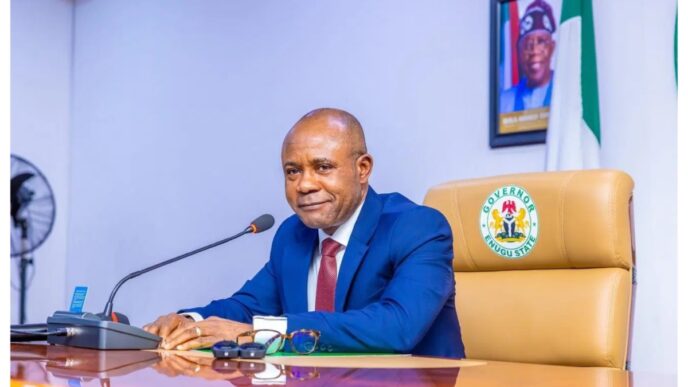The Nigerian Government will provide interest-free loans totalling ₦6.3 billion to assist 21,000 Nigerians affected by flooding across the country.
The Minister of State for Humanitarian Affairs and Poverty Reduction, Dr Yusuf Sununu, announced this on Monday at a roundtable in Abuja to commemorate this year’s International Day for Disaster Risk Reduction. The event was attended by Vice President Kashim Shettima, Deputy Speaker Benjamin Kalu, Zamfara State Governor Dauda Lawal, legislators, and international partners.
Dr Sununu said the initiative aims to cushion the effects of flooding and tackle its impact on food security. He added that the Nigerian Government has reached 8.1 million households with over ₦300 billion through the Conditional Cash Transfer programme.
He explained that under President Tinubu’s Hope Agenda, the Ministry, through the National Social Investment Agency, has strengthened community resilience by supporting households in health and education.
“In the coming weeks, we will disburse interest-free, collateral-free loans of over ₦300,000 each to 21,000 Nigerians to help farmers recover from the effects of flooding,” Sununu stated.
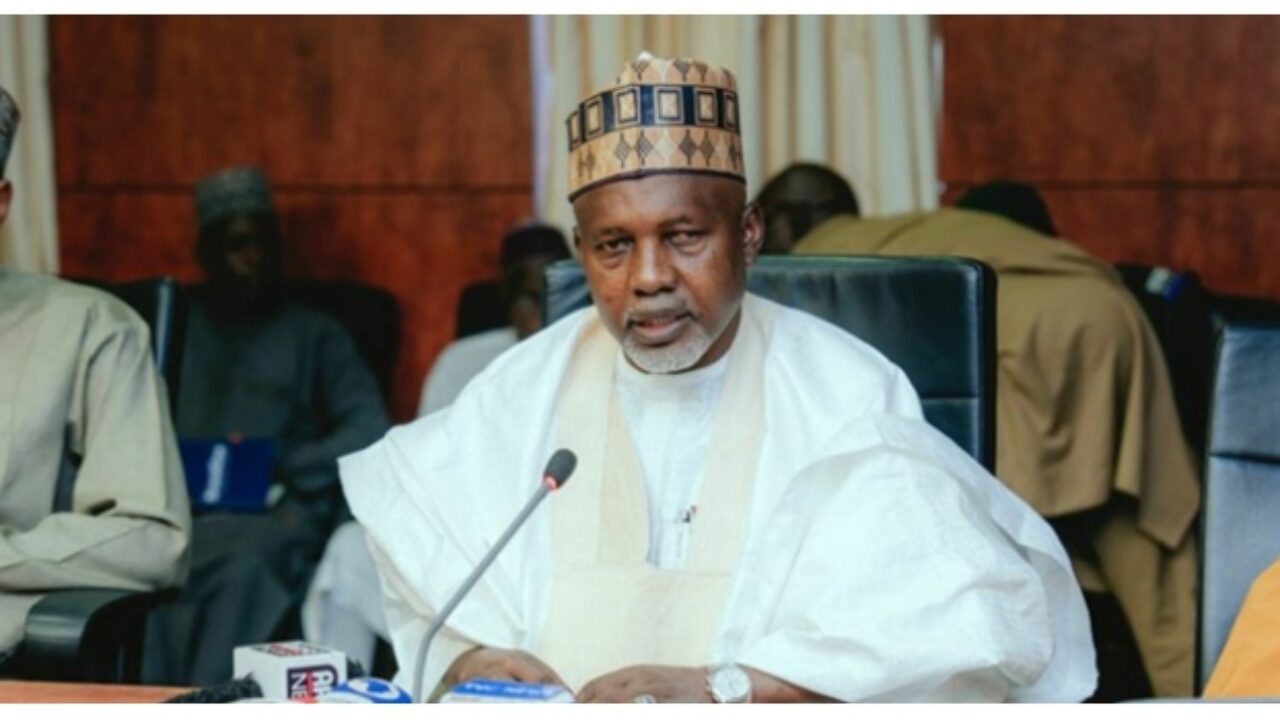
He also revealed a new empowerment initiative for displaced persons, designed to create a ready market for their produce. “In partnership with the Federal Ministry of Agriculture, we have developed a scheme where internally displaced persons (IDPs) will retain 30% of their produce, while the government will purchase 70%, providing cash payments to participating IDPs,” he explained.
Earlier, the Director General of the National Emergency Management Agency (NEMA), Zubaida Umar, noted that Nigeria continues to face increasing disasters driven by climate change, conflicts, pandemics, and technological risks. She stressed the need for a proactive, well-financed disaster risk management framework that focuses on prevention and preparedness rather than reactive responses.
Umar announced the launch of two key policy documents — the NEMA Strategic Plan (2025–2029) and the National Disaster Risk Reduction Strategy (2025–2030). Both frameworks promote risk-informed development, innovative financing, and institutional collaboration across sectors such as agriculture, water resources, energy, finance, education, and health.
She added that NEMA is developing a National Risk Monitoring and Information Platform to support early warning systems, vulnerability mapping, and investment planning. Umar also urged stakeholders to explore innovative funding mechanisms, including catastrophe bonds, insurance pools, climate funds, and blended finance, to sustain large-scale disaster risk reduction efforts.


 Trending
Trending 
